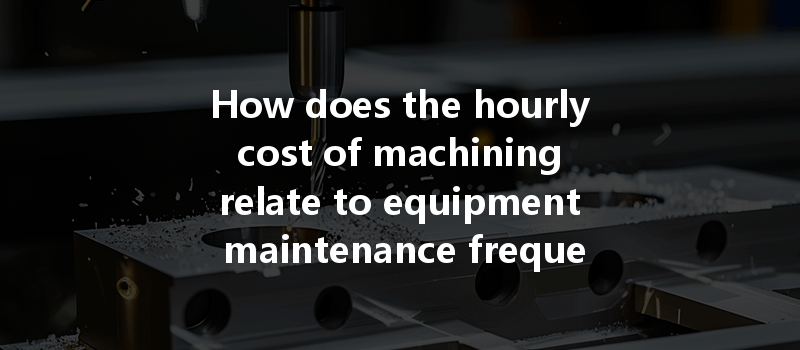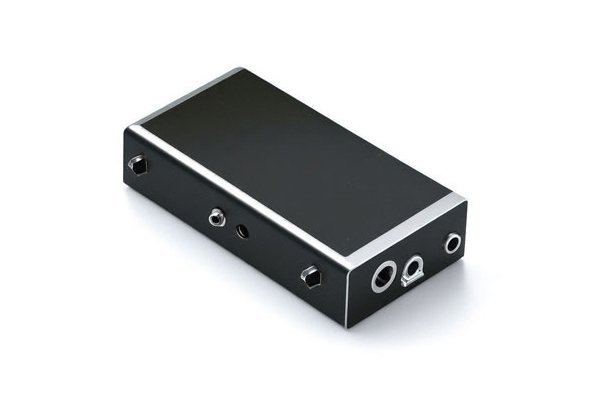Did you know that over 40% of manufacturing companies could reduce their operational costs by improving their maintenance strategies? In the world of machining, this statistic holds significant implications. The intricate relationship between the hourly cost of machining and the frequency of equipment maintenance is something that every manufacturer must understand to optimize their operations, increase profitability, and remain competitive in a fast-paced industry.
As industries continue to advance technologically, the demand for efficient, precise, and reliable machining processes only grows. However, the hidden costs related to equipment maintenance can significantly impact those desired outcomes. This blog delves deep into understanding how machining costs intertwine with maintenance frequency, providing valuable insights to help manufacturers refine their processes and enhance their bottom line.
Chapter 1: The Basics of CNC Machining
1.1 What is CNC Machining?
Computer Numerical Control (CNC) machining revolutionized traditional machining by automating and controlling machining tools via computer programming. This technology enables precision manufacturing of complex parts with high efficiency. CNC machines can handle various materials, including metals, plastics, and composites, making them essential in industries like aerospace, automotive, and medical device manufacturing.
1.2 The Components of CNC Machining
Understanding CNC machining requires familiarizing yourself with its components:
1.3 Importance of Maintenance in CNC Machining
Regular maintenance is critical for ensuring the longevity and performance of CNC machines. Neglecting maintenance can lead to unexpected breakdowns, increased downtime, and ultimately higher machining costs. Ensuring equipment is properly maintained can significantly enhance efficiency and accuracy, directly affecting the bottom line.
Chapter 2: The True Cost of CNC Machining
2.1 Breakdown of CNC Machining Costs
Hourly machining costs are influenced by various factors, which can be broadly categorized into:
2.2 Impact of Machinery Downtime
Downtime is one of the hidden costs that significantly affect hourly machining costs. Unplanned downtime can be caused by equipment failures, which can often be traced back to inadequate maintenance practices. Average machine downtime can cost manufacturers an estimated $100,000 to $1 million annually, depending on the industry and scale of operations.
2.3 Balance Between Cost and Quality
Manufacturers must strike a delicate balance between achieving high-quality output and minimizing costs. Frequent maintenance may increase short-term operational costs, but in the long run, it often results in better product quality, fewer defects, and reduced rework costs.
Chapter 3: The Critical Role of Equipment Maintenance
3.1 Types of Maintenance Strategies
Understanding different maintenance strategies helps manufacturers choose the best approach for their specific needs:
3.2 Developing a Maintenance Schedule
A structured maintenance schedule is crucial for optimizing machine performance. Factors to consider when developing a schedule include:
Chapter 4: The Link Between Maintenance Frequency and Hourly Machining Costs
4.1 How Frequency Affects Efficiency
The frequency of maintenance activities directly influences machine performance and, consequently, the hourly cost of machining. More frequent maintenance leads to:

4.2 Calculating the Cost of Maintenance
Determining the cost of maintenance involves several calculations, including:
4.3 Case Studies
Several companies illustrate how effective maintenance strategies positively impact hourly machining costs:
Case Study 1: Aerospace Sector
A leading aerospace manufacturer adopted a predictive maintenance program, utilizing sensors to monitor machine health. As a result, they minimized unplanned downtime by 35%, increasing operational efficiency and lowering hourly machining costs by 20%.
Case Study 2: Automotive Industry
An automotive parts supplier implemented a total productive maintenance approach, involving all employees in maintenance activities. This strategy reduced equipment failure rates by 50% and enhanced output, resulting in a significant decrease in hourly machining costs.
Chapter 5: Strategies for Optimizing Maintenance Costs
5.1 Leveraging Technology for Maintenance
Incorporating technology into maintenance practices can significantly enhance effectiveness:
5.2 Employee Training and Involvement
Employees play a crucial role in maintenance success. Effective training programs ensure staff can:
5.3 Establishing Clear KPIs
Key Performance Indicators (KPIs) help measure the effectiveness of maintenance practices. Some essential KPIs include:
Chapter 6: Implementing a Cost-Effective Maintenance Program
6.1 Step-by-Step Guide
: Embracing the Importance of Equipment Maintenance
Understanding the link between the hourly cost of machining and the frequency of equipment maintenance is essential for any manufacturer aiming to improve efficiency and profitability. By prioritizing maintenance, manufacturers can reduce downtime, enhance output quality, and optimize overall operational costs.
In our fast-paced industrial environment, where margins are slim and competitiveness is fierce, the insights shared in this blog serve as a guiding light for companies ready to embrace efficient machining practices. As you reflect on the strategies and practical steps discussed, remember that investing time and resources into a solid maintenance plan is not merely an operational necessity—it’s a pathway to sustainable growth and success in CNC machining.
Consider the impact of well-maintained machinery on your operations, profitability, and quality standards. As trends in manufacturing continue to evolve, ensure that your business remains at the forefront through innovation, diligence, and strategic planning in equipment maintenance. After all, maintenance is not just about keeping machines running; it’s about ensuring your business keeps thriving.






